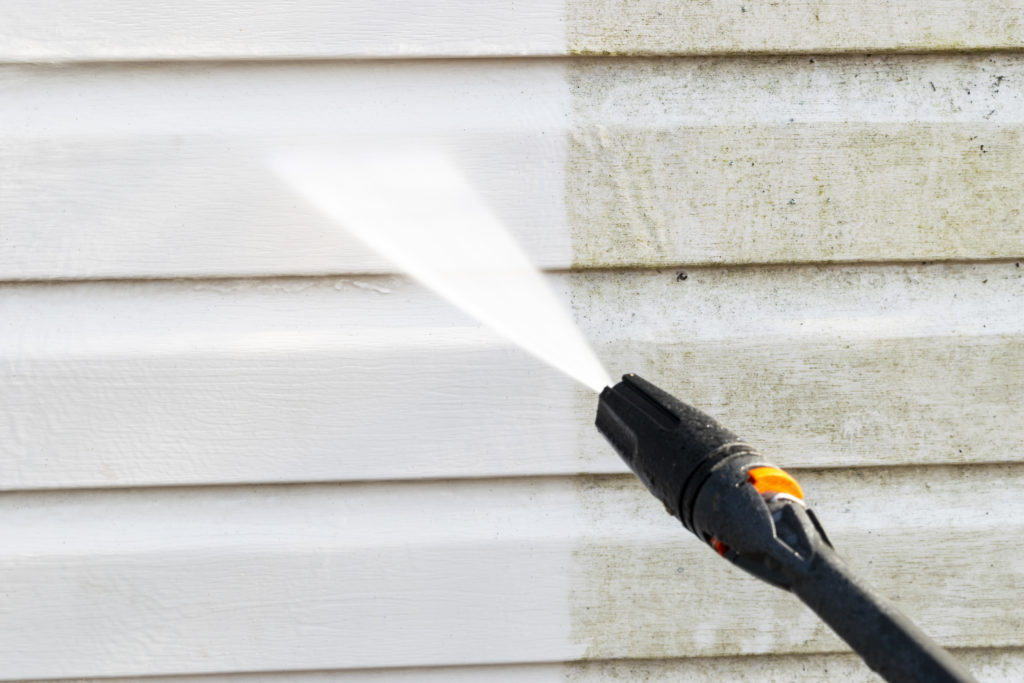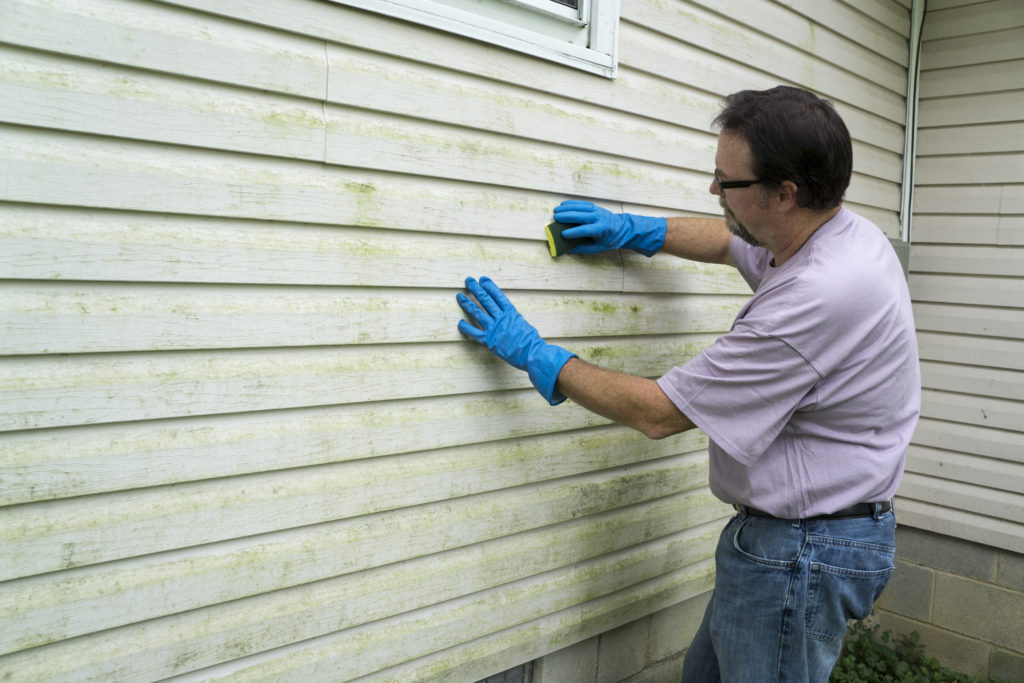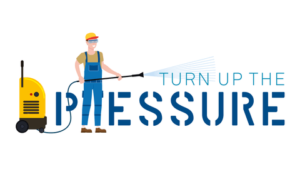
Over time, dirt, mildew, and general debris can start to build up on the outside of your house. Power washers can be effective tools to clean off brick, cement, and other hard surfaces, but is it safe to power wash vinyl siding?
You should not power wash your vinyl siding if it has any cracks, holes, or breaks in the vinyl. If this is the case, the vinyl will be worsened by power washing, and it’s best if you use an alternate method or call in a professional team.
Power washers are a fantastic cleaning resource and you can use them on vinyl as long as you take the proper precautions. For more information on power washing vinyl, a step-by-step guide, and some alternative cleaning methods, read below.
Pros And Cons Of Power Washing Vinyl
When it comes to cleaning vinyl siding, many people like to use power washers. It’s understandable because these are powerful and efficient cleaning tools. However, there are some pros and cons that you should weigh before you start blasting your house!
Pros:
First of all, power washing is… well, a powerful cleaning method! It’s very effective at removing built-up mold, mildew, plant growth, and other types of debris.
Although soaps can be added, the main liquid used is water, which will dry without any streaking, spotting, or residue. This is helpful if you live in a dusty area where dirt could cling to any remaining residue.
Power washing is also faster than most other methods. All you need to do is point and shoot, with no need to wipe down each panel. It’s a great time-saver.
Cons:
Unfortunately, the strong force of power washing can be a drawback as well as a benefit. Vinyl siding is more fragile and flexible than other types of siding, so it’s prone to breaking and cracking under pressure. Some homeowners have done considerable damage to their homes by attempting to power wash siding by themselves.
You also might end up spending more time and effort preparing the siding for washing than you will be actually washing it. When you want to power wash your home you need to move all the blockages out of the way, including structures, trash cans, and anything else that sits next to your house.
Power washing could also cause damage to your landscaping and lawn health. If you blast a tree or shrub while you’re cleaning the sides, you could rip off branches, leaves, and bark. The water runoff could also sink into your flower beds and create a muddy stream. If you use soaps to clean, this runoff could be damaging to your plants as well.
How To Power Wash Vinyl

If you’ve considered the pros and cons and still want to go ahead with power washing your vinyl siding, that’s fine. Below are a few simple steps that can guide you through the process:
- Examine Siding Before You Begin
Take a full walk around your house before you do anything else. Carefully examine the condition of the siding and take note of any areas that are broken, cracked, or warped. Fix these if you can, or at least take note of where they are so you can avoid hitting them with the power washer.
During this check, you should also look for any panels or sections that are especially dirty or discolored. See if there is a source for this such as an insect nest, an air vent, or a leaking gutter. If possible, these problems should be fixed before cleaning. They’ll keep your siding looking good for a longer period of time between cleanings.
- Clear The Area And Secure All Openings
Next up, you need to give yourself the space to clean. Remove all garbage cans, play structures, and other items that sit next to the house. Close all windows, doors, and openings to prevent water damage inside the house.
- Select The Appropriate Cleaning Solution And Nozzle
Power washers mainly rely on water, but you can mix in some cleaning products to kill mold and bacteria. Adding a bit of detergent can give your house a layer of protection and a clean shine. There are store-bought cleaners you can purchase, or you can use a mixture of bleach or vinegar. Beware of fumes though!
There are also a variety of nozzles that you can attach to a power washer. Choose one that will create a targeted spray that is suited to your needs. A spray that’s too wide won’t have much pressure behind it and a spray that’s too narrow will be too powerful and could strip away your siding.
It’s best to pick a small area to practice on and begin with low water pressure. Slowly increase it until you see good results. Avoid damaged areas and windows when you use the power washer.
- Take Safety Precautions
Using a power washer comes with some inherent risks, so make sure you stay safe. Wear protection for your mouth and eyes, especially if you’re using a cleaning product that produces fumes. If you’re dealing with bleach, wear long pants and sleeves to protect your skin.
If you’re using a ladder to reach high areas, have someone spot you. Having extra support at the base of the ladder always helps too!
- Call In Professional Help If Needed
There’s nothing wrong with leaving a difficult cleaning job to the professionals. Many homeowners have permanently damaged their siding by power washing it, so the risk is real. Some services and companies can do this for you. Don’t be afraid to reach out if this feels too risky to try by yourself.
Alternative Cleaning Methods

If you want to clean your vinyl siding but are nervous to use a power washer, there are a few alternative methods you can use.
Cleaning vinyl siding by hand is much safer than power washing it, but it’s also much more time-consuming. My advice is to take it one area at a time and not to try hand-washing the whole exterior in one day.
You just need a set of gloves, a washcloth, a stiff bristle brush, a cleaning product, and a stock of fresh water. Again, bleach and vinegar might be good choices to consider for your detergent.
Wet down your washcloth in soapy water and wipe down each vinyl panel. Use the stiff brush on particularly stubborn patches of debris. You can use a low-pressure hose to rinse off the panels when you’re done scrubbing them.
